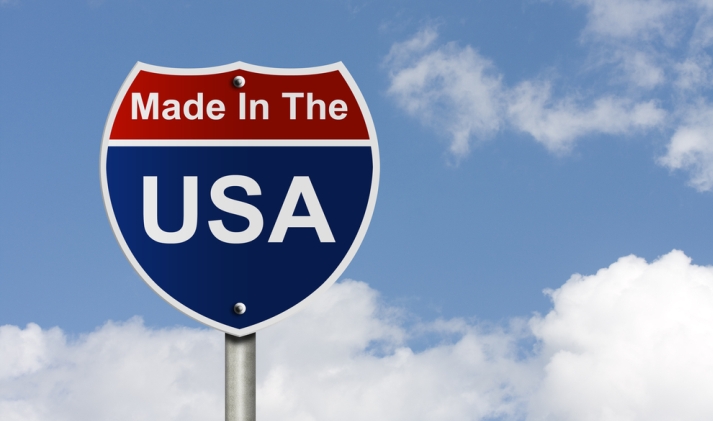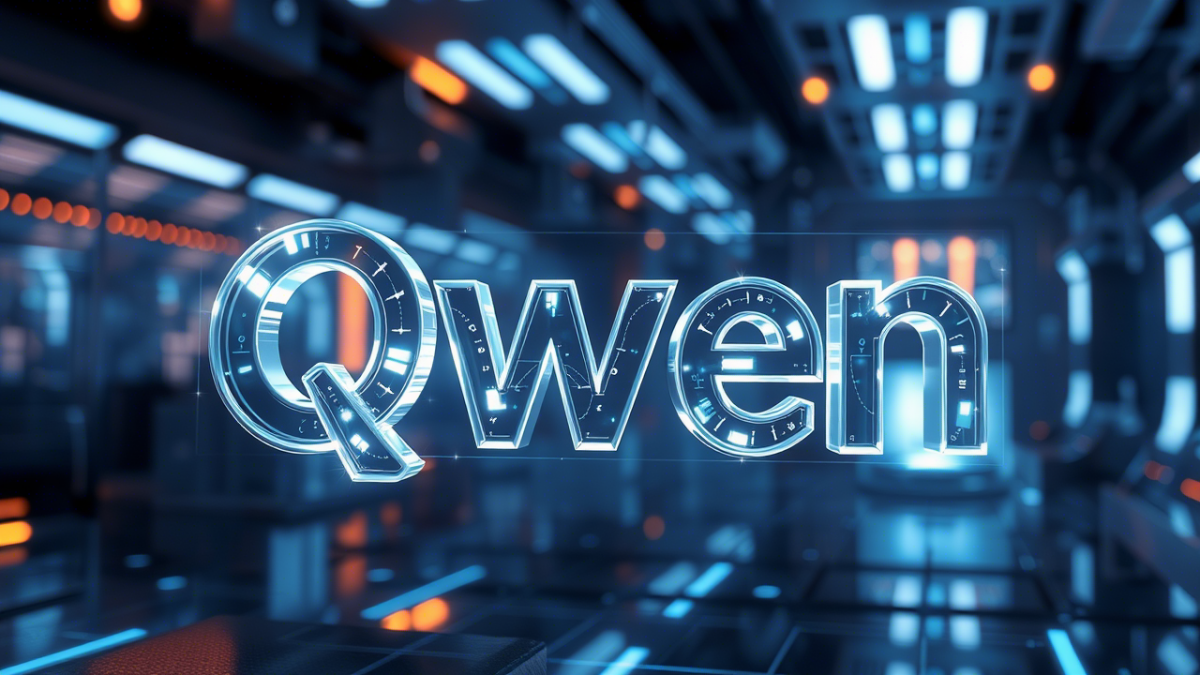
Alibaba Group Executive Chairman Jack Ma has been loudly extolling the virtues of cross-border e-commerce, and Fortune has taken note.
In its Jan. 1, 2016, issue, the U.S. business magazine published a lengthy feature story examining Alibaba’s push to get American companies to sell to Chinese consumers via its online shopping platforms.
The story, headlined “Alibaba’s New Favorite Label: ‘Made in the USA’,” includes background on the company’s Tmall.com marketplace, which provides Western brands with a direct channel to Chinese consumers, as well as an interview with Alibaba CEO Daniel Zhang, creator of Alibaba’s giant annual online sale, the 11.11 Global Shopping Festival—which in 2015 saw heavy participation and promotion of Western retailers.
Fortune notes how attracting American companies to sell online in China is an “incredibly important” strategy for the Chinese e-commerce titan:
“To woo these iconic companies—among them P&G, Estee Lauder, and Macy’s—Alibaba is pitching itself as a shortcut to the world’s most populous market. Alibaba is helping foreign companies with marketing, data analytics, and shipping. And more recently it has sweetened the pot with a newer service, Tmall Global, that lets U.S. brands sidestep many of the taxes, regulatory hurdles, and logistics hassles that trip up foreign companies in China.”
The initiative could have a major impact on the company’s financial performance in coming years, Fortune says:
“If all goes as Ma and Zhang hope, Alibaba and American companies could reap enormous rewards. Alibaba earns money by charging fees of 2% to 5% on transactions on its sites, and in fiscal 2015 it took in $12 billion in revenue. Bob Peck, analyst at investment firm SunTrust Robinson Humphrey, estimates that U.S. and European goods could generate $30 billion to $40 billion in annual sales on Alibaba by 2017. That could add as much as $2 billion a year to Alibaba’s top line. And while many of the goods sold by international brands are, ironically, made in China, an Alibaba bump of that size could still generate a double-digit percentage increase in U.S. exports to China, which totaled about $120 billion in 2014.”
To read the story, click here. To read a related Fortune article on what China buys from U.S. companies, click here.
And here’s what the magazine had to say about what American companies selling on Tmall were learning about the mainland market:





